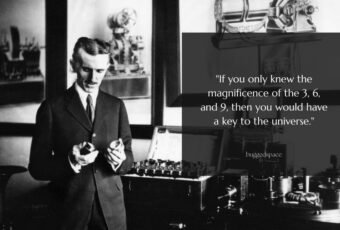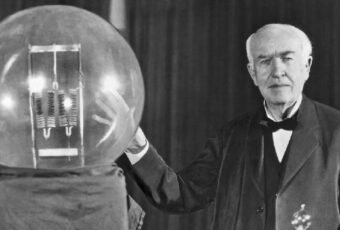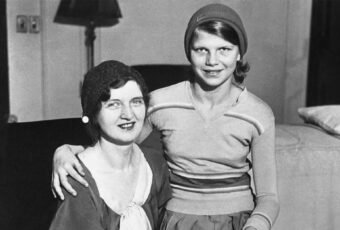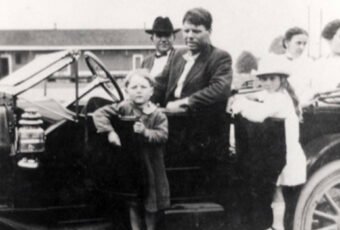The atmosphere in the Führerbunker where Adolf Hitler spent the last moments of his life was intense and bleak. Being terrified of taken alive, Hitler took his own life on April 30 1945. Before shooting himself, newly married Adolf Hitler told one of his adjutant, Otto Günsche that all soldiers to be released from their oath of loyalty, and his body has to be burned rather than publicly abused.
The reaction to Hitler’s death was emotional rather than political, and the aftermath of his death led to a number of chained events and consequences, some even leaving an effect after almost half a century.
1. Problems Proving Hitler’s Death
While history tells us that Hitler pulled a trigger on his head, many refused to agree on the possibilities of Hitler taking his own life. A British intelligence report based on German eyewitnesses’ statement confirmed his death, but the problem with this report is that it was entirely based only on the statements given by witnesses, and no other evidence.
Back then in 1968, at the height of the cold war, the Soviet Union made an announcement that seemed to confirm the report once and for all. They admitted that they recovered the corpse remains of Adolf Hitler and Eva Braun back in 1945. Russians wanted to settle the arguments over the doubtful death of Hitler and for this, they publicly displayed a piece of skull with a bullet hole in it at Moscow in 2000, this was thought to put an end to the argument and various conspiracy theories that surfaced over time.
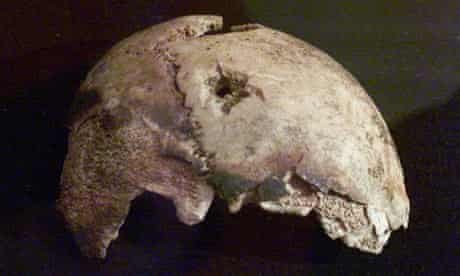
But in 2009, the story was blown wide open when an American pathologist ran a DNA test on the piece of skull fragment held by the Russians for public viewing. Russians claimed that the skull and jaws segment are of Adolf Hitler’s and are DNA tested. While as it later turned out, those were not and actually belonged to a woman in her late 40s. The sensational discovery led to more doubts related to Hitler’s death, people started believing that other things Russians claims to be of Hitler’s were actually dummy items. So why would people believe that Hitler died in his Bunker on that day?
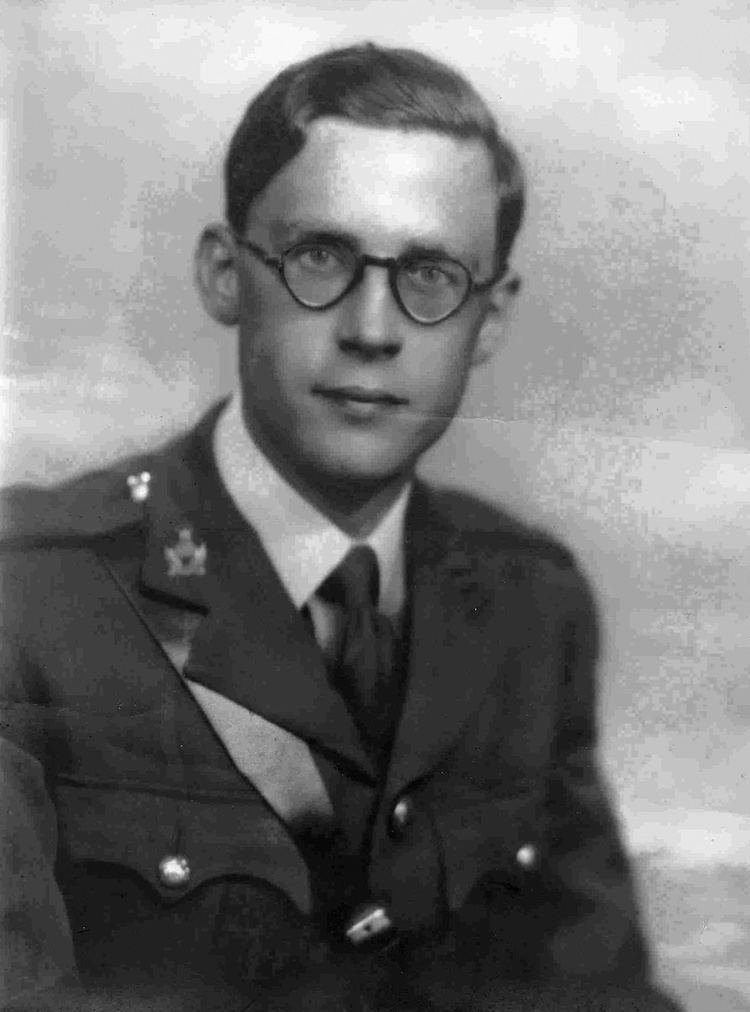
To answer that, we have to go back to the British Intelligence report that was written in 1945 by Major Hugh Redwald Trevor-Roper, a professor of medieval history who spent the war decoding the German messages. While no one has any idea how a medieval historian ended up writing the report on the death of the most notorious man in history, rather than a policeman, an FBI agent, or anyone with a significant amount of knowledge of the war.
Without a body, Roper’s investigation was going to be difficult. Without a corpse, one has to interview people, and in this case, people who were around Hitler during the last moments of his life. As it later turned out, his report was actually based on statements given to the Soviet interrogators, statements of witnesses that later retracted. It was very well known that the prisoners who were taken from the Führerbunker, most likely lied to the soviets when they were interrogated.
If the conspiracy theorists are to be believed, and that Hitler did escape the bunker before could be taken alive, what might have happened to him? Many believe that the there were definitely 2 people died in the bunker that day, but it was not Adolf and Eva, they were most likely replaced by their body doubles and some believing that real Hitler and Eva Braun escaped even earlier than 30 April 1945.
2. Hitler’s Terror Weapons — 1,200 pounds of Secret Cargo
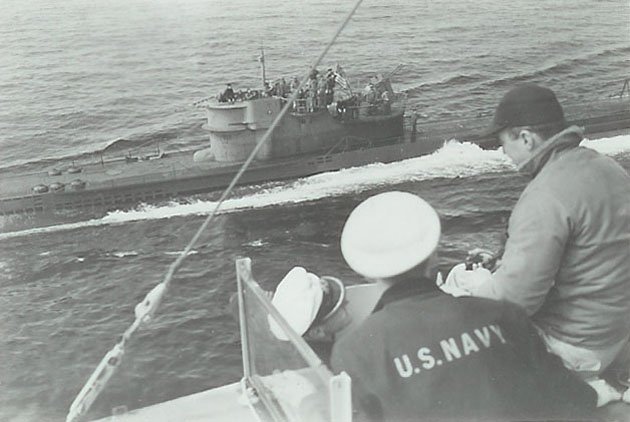
During World War II, A German submarine was captured while on its way to Japan, in an attempt to allegedly deliver uranium oxide for Japan’s secret program to develop an atomic bomb. It was later learned that Japan had Cyclotron, a type of particle accelerator which was used to harness the energy created through fission. While the first Cyclotron was invented and patented in the U.S during the 1930s, how and when Japan invented one is still a mystery.
The German U-234, a Type XB U-boat was under the command of Kapitänleutnant Johann-Heinrich Fehler, her first and only mission when it was captured, and this news made headlines due to the fact that the boat carried some of the high-ranking German passengers.
One of the later written intelligence summaries revealed the content of the captured submarine included medical supplies, caffeine, arms, drawings, and most importantly 1,200 pounds (540 kg) of uranium oxide. It is believed that the uranium oxide was stored in gold-lined cylinders rather than cubes, but these containers having 1,200 pounds of uranium mysteriously disappeared, and many speculate that it was most likely used in the Manhattan Project, a U.S project to produce the first Nuclear Weapon.
As the boat was not required by the U.S Navy, it was sunk off by a torpedo target on 20 November 1947.
3. An “Intentional” attack on German Concentration Camp Prisoners
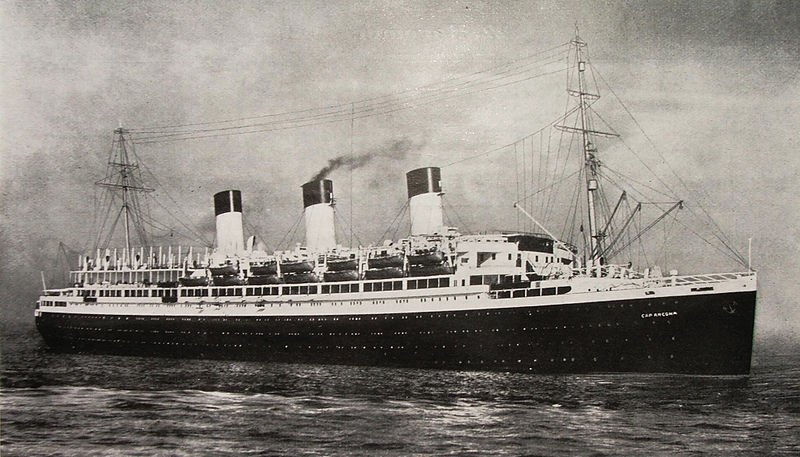
Three days after Hitler’s death and 2 days before German Troops surrendered, British Intelligence had the vital information that a large number of concentration camp survivors are being held in ships at Lübeck Bay, yet the information was not passed, and RAF (Royal Air Force) opened fire on two passenger-carrying ships as part of their “general strikes”.
On 3 May 1945, Cap Arcona was attacked by Royal Air Force fighter aircraft equipped with 20 mm cannon and 60lb HE unguided rockets. The ship was carrying at least 5,000 former concentration camp inmates, while it was believed that important Nazis who have escaped from Berline were boarding the ship.
The prisoners were concealed below deck when the ship was attacked by the fighter-bombers, killing around 7,000 people including those who tried to survive by jumping into the sea. Red Cross and Swedish officials already had informed the British Intelligence one day prior to the attack, about the concentration camp survivors being taken in the ships, but the information was neglected, most likely intentionally.
One of the RAF Pilot recalled,
“We used our cannons to fire chaps in the water, we shot them with 20mm cannons, Horrible thing, but we were told to do it and we did it, that’s war.”
4. The Horrible Death of Joseph And Magda and Their 6 Children
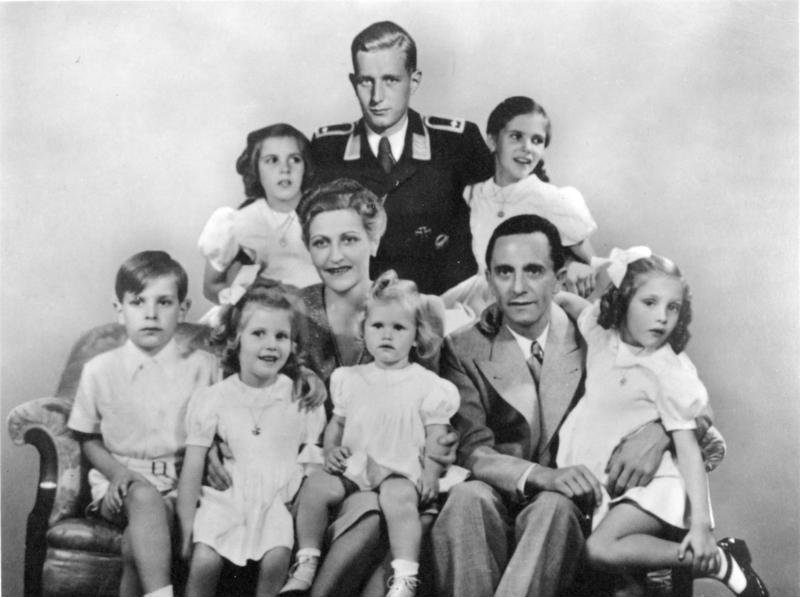
Soviet Army was approaching Berlin when Joseph and Magda Goebbels, and their 6 children moved in to live in Führerbunker with Hitler and some of his other Chauffeur and Adjutants. Joseph was Nazi’s Propaganda Minister and his wife Johanna Maria Goebbels is believed to be a close companion and political supporter of Adolf Hitler, she is even considered to be unofficial “First Lady”.
After Hitler shot himself, Joseph and Magda were terrified that if their children were captured alive, they will suffer a life of scorn and ridicule. They were determined not only to kill themselves but to six of their children too. Magda and Joseph ordered a SS dentist, Helmut Kunz to assist them in the horrible task. Kunz, being terrified for his life had to inject the six children with morphine to first knock them out unconscious so that a cyanide capsule can be ingested in each children’s mouth. Kunz later testified that he only gave the morphine to the children, but it was Magda and Hitler’s personal doctor Ludwig Stumpfegger who proceeded to give children the cyanide.
The couple after the death of their children went into the garden of the Chancellery, accompanied by Goebbels’ SS adjutant Günther Schwägermann. Schwägermann after hearing two gunshots went to the garden, finding both their bodies lying with a bullet hole in each’s head. As Schwägermann was commanded, he asked another soldier to shoot Goebbels’ body again which was not moving at all, to ensure that he was dead. Their bodies were then partially burnt due to the lack of enough gasoline.
The Soviet troops upon reaching found the six Goebbels children who were dressed in their nightclothes with ribbons tied on each little girl’s hair. The charred corpses of Magda and Joseph were also found, with Magda’s face not recognizable at all.
While Goebbels was ordered to leave Berlin by Hitler himself before his death, Goebbels refused to do so for “reasons of humanity and personal loyalty” as stated in his postscript to Hitler’s last will.
5. Hitler didn’t want his dog to be captured alive either
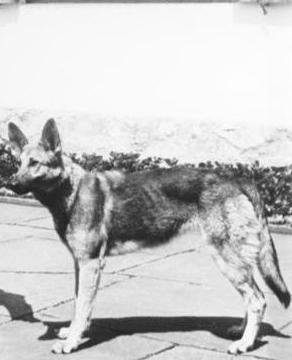
Hitler being terrified of being captured alive didn’t want to face the same fate as of his ally Benito Mussolini. He knew what will happen to him and his close ones if he surrendered or captured. Not only for himself, but Hitler didn’t want it to happen to his newlywed wife Eva Braun, and neither to his female german shepherd, Blondi, whom he received as a gift years earlier.
Hitler was fond of Blondi, and as stated by his Secretary, he would keep Blondi by his side most of the time, and even let her sleep into his bed in the bunker. When the Soviets were close to approaching his location, Hitler knew he has no other options left rather than to commit suicide, for which he already had arranged cyanide capsules through Heinrich Himmler’s SS.
But Hitler being suspicious of the loyalty of Himmler’s had doubts regarding the cyanide he received. He already had plans to get Blondi killed so that she doesn’t fall into the hands of his enemies, thus he ordered one of his doctors to test the cyanide on Blondi, and as a result, she died.
Moreover, Eva Braun also had 2 Scottish Terrier dogs and there were at least 5 pups from Blondi, one of which was named ‘Wulf’ by Hitler out of his own name Adolf (‘noble wolf’). All 3 of these dogs were also shot by Hitler’s dog handler after Hitler killed himself, although Russians only found corpses of 2 dogs later.
6. Mass suicide in Germany

After the news of Hitler and Goebbels blown out, many German government officials, military personnel with the fear of reprisals and atrocities, chose “Self-murder” rather than taken alive in hands of the enemies. The day after Hitler killed himself, thousands of people in Germany committed suicide either by taking cyanide or a bullet to the head, as was reported later, the count was around 7,000 alone in Berlin.
Some of the high ranking German even killed themselves after being captured by the Soviets. After the Red Army marched into the German towns, a wave of rapes, pillage, and execution was carried out by the Red Army soldiers.
7. Hitler was one of very few to receive the “Red Cross” treatment

The first issue of TIME magazine was released on March 3, 1923, and since then this popular magazine company has reached the height of success. Time has the highest circulations in the world for a weekly magazine and a readership over 26 million.
Known for its unique style covers, there are various special editions that are released over time by Time, and this includes the Red X covers’ editions.
You will be surprised to know that so far, there had been only 5 occasions when Time has released a magazine issue with a red X scrawled on someone’s face or a national symbol. And guess what? Hitler was the first one to receive the red X treatment by Time, which was released on 7th May 1945, 1 week later to Hitler’s death.
The next occasion on which an X was put on the cover was three months later when Japan surrendered and World War II ended, but this time a black X was used, covering Japan’s national flag. Others receiving this treatment included Saddam Hussein, Abu Musab al-Zarqawi, and Osama Bin Laden.
8. The only Country to Pay Condolences for Hitler’s Death
The gesture which had been criticized by every other country in the world, Ireland was the only country that officially conveyed condolences for the Hitler’s death.
Earlier Ireland’s prime minister of that time, Eamon de Valera was known to have offered condolences officially, but it was later discovered that he was, in fact, not the only person. During the second world war, Ireland’s president also offered condolences through a letter to Germany’s representative in Dublin, classified records revealed later. This is considered to be one of the most embarrassing chapters in Ireland’s history – a decision that was probably taken for maintaining relationships with the Nazis, even after the Nazi’s collapse was obvious.
Knut Hamsun, a Nobel laureate novelist also wrote an obituary of Adolf Hitler for the newspaper Aftenposten, in which he called Hitler a “Warrior” of the highest order and that others and himself (Hamsun) bow their heads to pay their tributes to the fallen “Warrior”. This obituary later came out to be an infamous written piece in history.
Now that you have read about Some most interesting things that happened after Hitler’s death, you might like reading about these “11 Last Minute Decisions that changed the world“.




